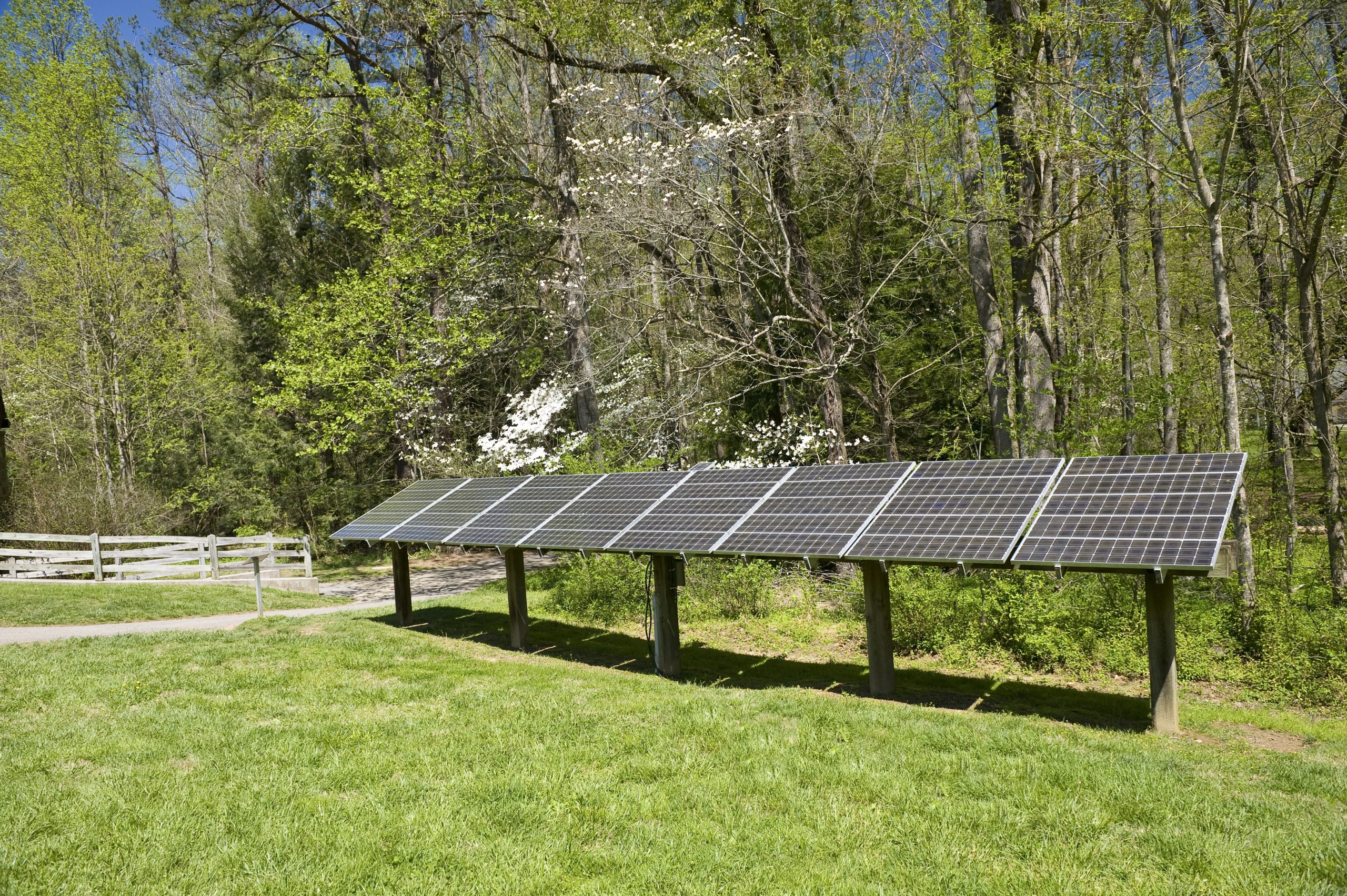The world is changing, and so are our energy needs. With the increasing demand for electricity and the depletion of non-renewable resources, it’s time to turn towards a more sustainable source of power – solar energy. Solar power has become one of the most popular forms of renewable energy in recent years, and many homeowners are now turning to this clean and efficient form of energy to power their homes. In this article, we will explore everything you need to know about solar-powered homes, including the benefits, how to transition, and successful communities that have already made the switch.
Introduction to Solar Powered Homes
A solar-powered home is a residential property that generates its own electricity using photovoltaic (PV) cells or solar panels installed on the roof or walls of the building. These PV cells convert sunlight into direct current (DC) electricity, which is then converted into alternating current (AC) by an inverter to be used in the home. Solar-powered homes not only reduce reliance on traditional fossil fuels but also provide numerous other benefits such as lower utility bills, increased property value, and reduced carbon footprint.
Benefits of Using Solar Energy in Your Home
One of the primary benefits of using solar energy in your home is the significant reduction in electricity costs over time. Although the initial investment may seem high, solar panels can typically pay for themselves within 5-10 years through savings on utility bills. Additionally, solar-powered homes increase property values due to their eco-friendly nature and long-term cost savings. Another benefit of solar energy is its ability to generate electricity without producing any greenhouse gas emissions, making it a cleaner and healthier alternative to traditional sources of energy.

How to Transition to a Solar-Powered Home
Transitioning to a solar-powered home requires careful planning and consideration. First, determine if your home is suitable for solar panel installation by assessing factors like roof orientation, shading, and available space. You should also consider your energy consumption patterns and identify areas where you can conserve energy to maximize the efficiency of your solar system. Once you have determined that your home is suitable for solar panel installation, research different types of solar systems and financing options available in your area. It’s essential to work with reputable contractors and professionals who can guide you through the process and ensure that your system meets all safety and performance standards.
Examples of Successful Solar-Powered Communities
Many communities around the world have successfully transitioned to solar-powered homes, demonstrating the feasibility and effectiveness of this renewable energy source. One example is the community of Wildpoldsried in Germany, which produces six times more energy than it consumes from its 7,836 solar panels installed throughout the town. Similarly, the city of Lancaster in California has set a goal of achieving zero net energy status by 2020, thanks to its widespread adoption of solar energy. By following these examples, we can create a brighter future for ourselves and generations to come.